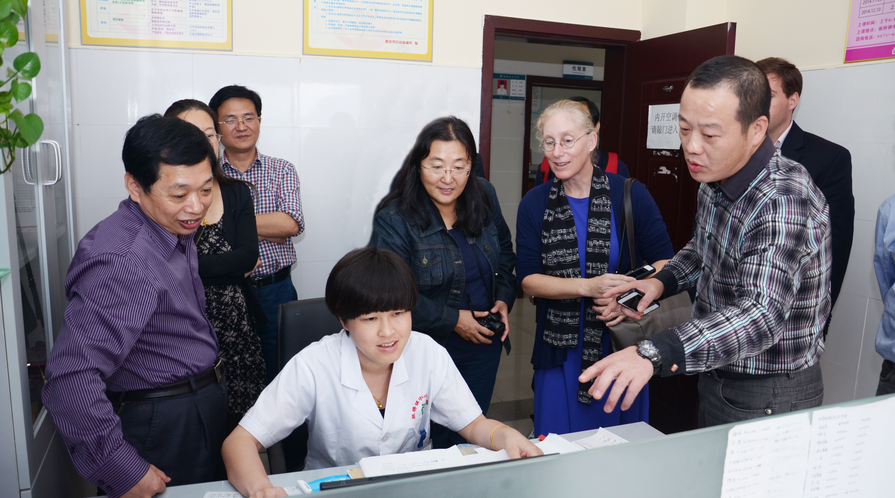Karen Eggleston coedits special issue on China-India population ageing
Karen Eggleston coedits special issue on China-India population ageing

A rapidly aging population poses serious challenges for many countries around the world, particularly in Asia, home to the most populous countries. China and India account for nearly 36% of the world’s population, and are expected to face social and economic complications from demographic change in the next decades.
A special issue of the Journal of the Economics of Ageing explores these trends in a comparative perspective, “The Economic Implications of Population Ageing in China and India” (December 2014), co-edited by David Bloom, a professor at Harvard University’s School of Public Health, and Karen Eggleston, a Center Fellow at the Shorenstein Asia-Pacific Research Center.
“Population ageing represents uncharted waters for China and India,” Bloom and Eggleston write in their coauthored introduction.
The special issue is a collection of 10 articles that examine the economic benefits and potential dilemmas arising from decreased fertility and increased life expectancy, two trends that will impact the development and future trajectories of China and India at the micro- and macroeconomic levels.
Dropping or continued low birth rates imply fewer young people to refresh the labor market. But will this cause the workforce to shrink to an unsustainable level? Demand will increase for health care, long term care, and other social services that support the elderly. What must the government do to ensure adequate access to care?
Empirical data and commentary presented in the special issue seek to inform stakeholders about emerging patterns, and to provide insight on how to best address related policy challenges going forward.
“By adopting responsive behaviors and consultative institutions that address the challenges of population ageing in ways that are appropriate to their unique circumstances, China and India could reap the full economic and social benefits of longer, healthier lives,” they write.
The special issue includes an introduction by Bloom and Eggleston, a feature interview with Richard Suzman, and additional analysis by noted global health experts following each article. The titles and authors of the 10 original research articles are listed below:
- Intergenerational co-residence and schooling (Anjini Kochar)
- Regional disparities in adult height, educational attainment, and late-life cognition: Findings from the Longitudinal Aging Study in India (LASI) (Jinkook Lee, James P. Smith)
- Healthy aging in China (James P. Smith, John Strauss, Yaohui Zhao)
- Gender differences in cognition in China and reasons for change over time: Evidence from CHARLS (Xiaoyan Lei, James P. Smith, Xiaoting Sun, Yaohui Zhao)
- Reprint of: Health outcomes and socio-economic status among the mid-aged and elderly in China: Evidence from the CHARLS national baseline data (Xiaoyan Lei, Xiaoting Sun, John Strauss, Yaohui Zhao, Gonghuan Yang, Perry Hu, Yisong Hu, Xiangjun Yin)
- Should China introduce a social pension? (Bei Lu, Wenjiong He, John Piggott)
- China’s age of abundance: When might it run out? (Yong Cai, Feng Wang, Ding Li, Xiwei Wu, Ke Shen)
- The macroeconomic impact of non-communicable diseases in China and India: Estimates, projections, and comparisons (David E. Bloom, Elizabeth T. Cafiero-Fonseca, Mark E. McGovern, Klaus Prettner, Anderson Stanciole, Jonathan Weiss, Samuel Bakkila, Larry Rosenberg)
- Economic development and gender inequality in cognition: A comparison of China and India, and of SAGE and the HRS sister studies (David Weir, Margaret Lay, Kenneth Langa)
- Comparing the relationship between stature and later life health in six low and middle income countries (Mark E. McGovern)
The special issue of the Journal of the Economics of Ageing, vol. 4, pages 1-154 (December 2014) is available through Elsevier’s online platform ScienceDirect.
